Jaguars, those majestic spotted felines, have long captivated our imaginations with their stealth and beauty. Yet, behind their enigmatic allure lies a complex story of survival and conservation. While many are familiar with the plight of tigers or pandas, jaguars often remain in the shadows. This article aims to shed light on seven intriguing aspects of jaguar conservation that might just surprise you.
The Silent Guardians of the Forest
Jaguars are often referred to as the “silent guardians” of the rainforest, and for good reason. These big cats play a crucial role in maintaining the health and balance of their ecosystems. As apex predators, they help control the populations of other animals, ensuring that no single species dominates and disrupts the natural order. This balance is essential for the health of the forest, which in turn impacts global biodiversity. Without jaguars, the intricate web of life in the rainforest could unravel, leading to unforeseen consequences.
Threats Beyond the Obvious
While habitat loss and poaching are well-known threats to jaguars, there are other, less obvious dangers they face. Climate change, for example, is altering the landscapes they call home, affecting their prey and the availability of water. Additionally, human-wildlife conflict is on the rise as human populations expand into jaguar territories. These conflicts often result in jaguars being hunted or killed out of fear or retaliation. It’s a complex issue that requires understanding and cooperation between conservationists and local communities.
The Power of Connectivity
In the world of conservation, the term “connectivity” is often used, and for jaguars, it’s a lifeline. Jaguars need vast territories to roam, hunt, and find mates. However, human development often fragments these lands, isolating jaguar populations. Conservationists are working tirelessly to create wildlife corridors that connect these fragmented habitats. These corridors allow jaguars to travel safely between areas, ensuring genetic diversity and reducing the risk of inbreeding. It’s a strategy that not only benefits jaguars but also other wildlife that shares their habitat.
Technology to the Rescue
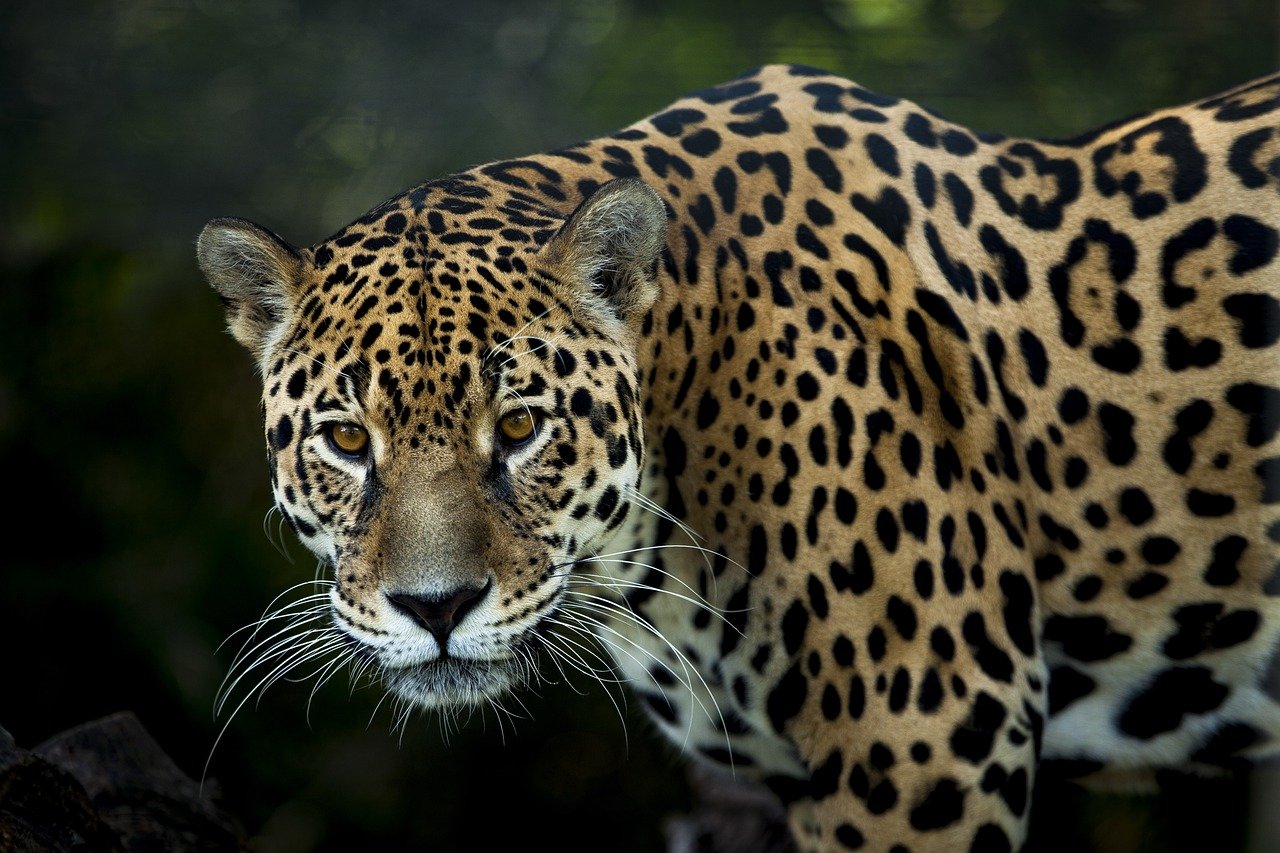
Modern technology is playing an increasingly vital role in jaguar conservation. From drones to camera traps, these tools help researchers monitor jaguar populations and their behaviors without disturbing them. Satellite imagery allows conservationists to track changes in land use and identify critical habitats that need protection. In some regions, GPS collars are used to study jaguar movements, providing invaluable data that informs conservation strategies. It’s a high-tech approach to preserving one of the world’s most elusive big cats.
The Cultural Connection
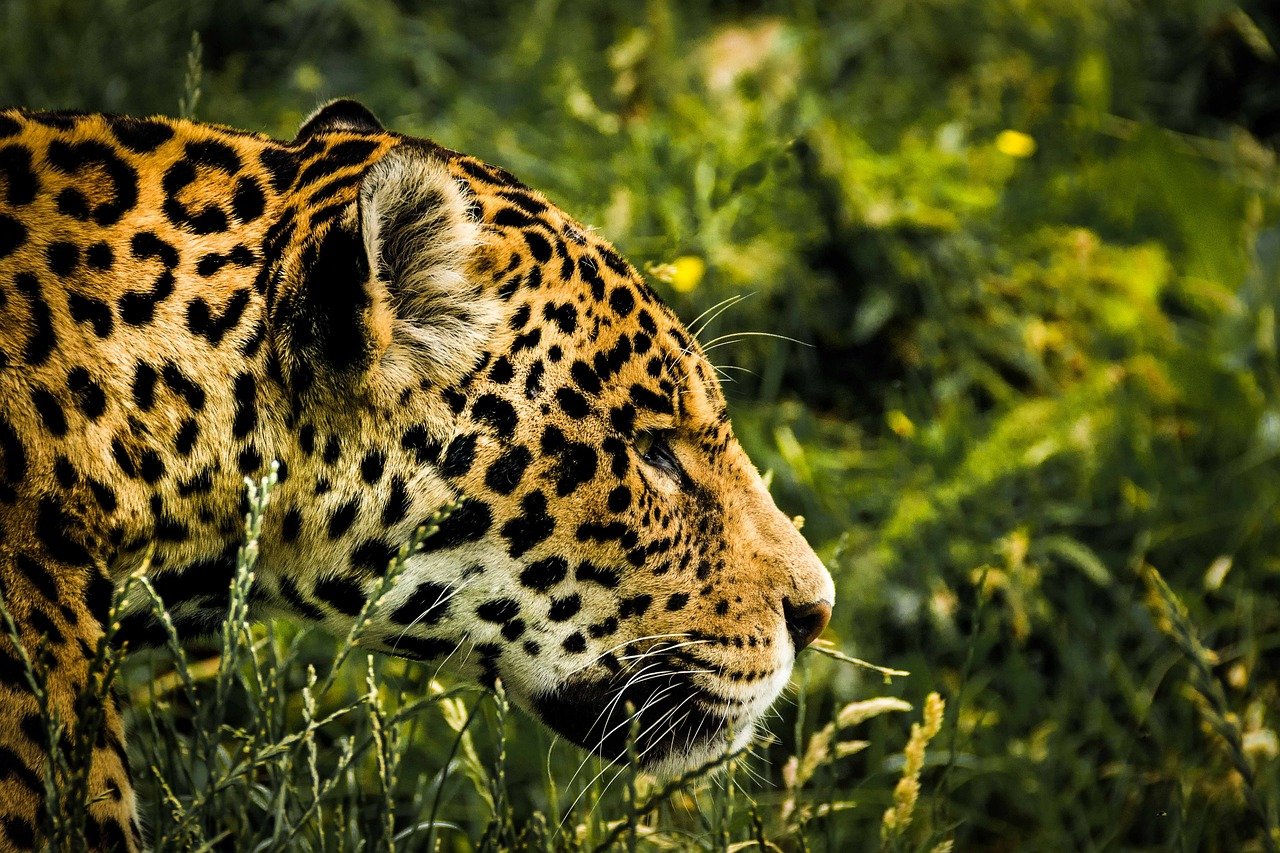
Jaguars hold a special place in the cultures of many indigenous peoples across the Americas. They are often seen as symbols of power and mystery and are revered in myths and legends. This cultural connection can be a powerful tool in conservation efforts. By working with indigenous communities and respecting their traditions, conservationists can foster a sense of stewardship and collaboration. This partnership not only benefits jaguars but also helps preserve the rich cultural heritage of these communities.
Success Stories and Challenges
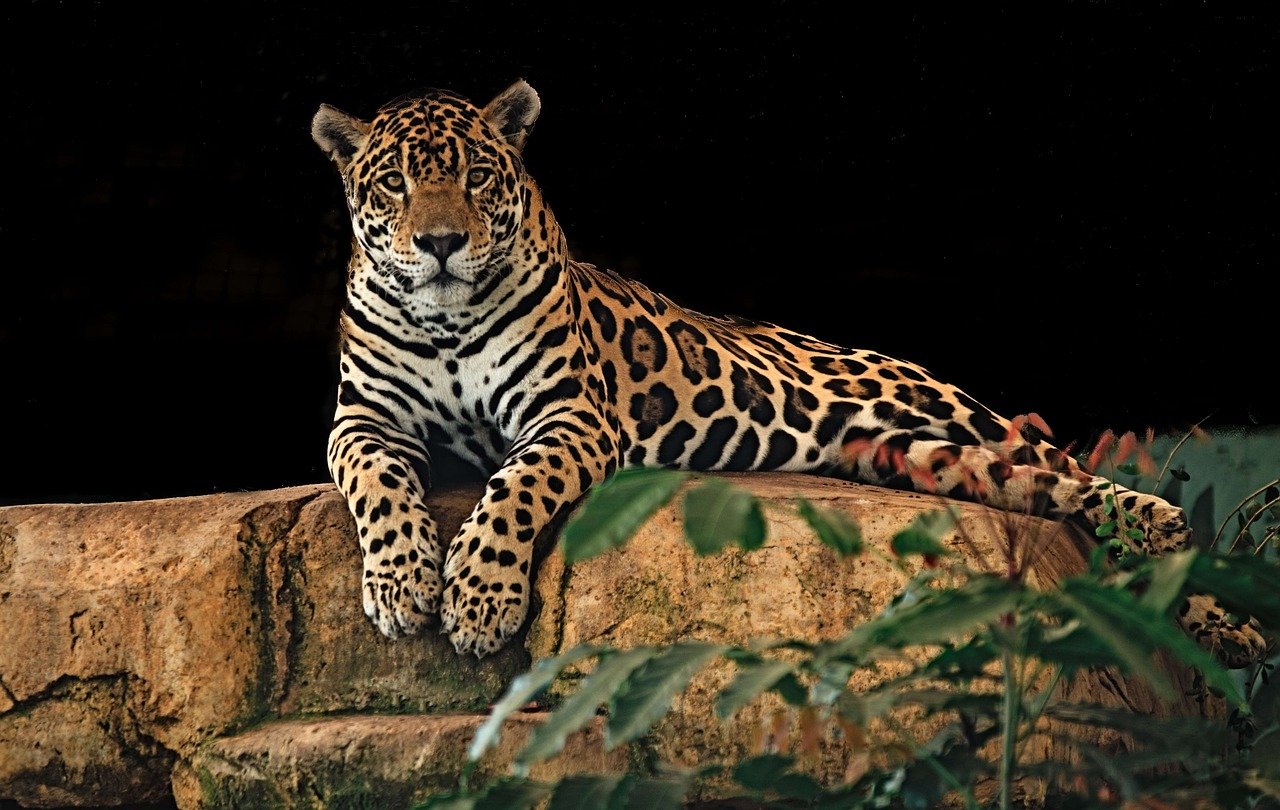
While the road to jaguar conservation is fraught with challenges, there have been notable successes. In some regions, jaguar populations are stabilizing or even increasing, thanks to dedicated conservation efforts. Protected areas have been established, and anti-poaching initiatives have been successful in reducing threats. However, challenges remain, particularly in areas where human encroachment continues to threaten jaguar habitats. It’s a delicate balance between development and conservation, one that requires ongoing commitment and adaptation.
The Role of Ecotourism
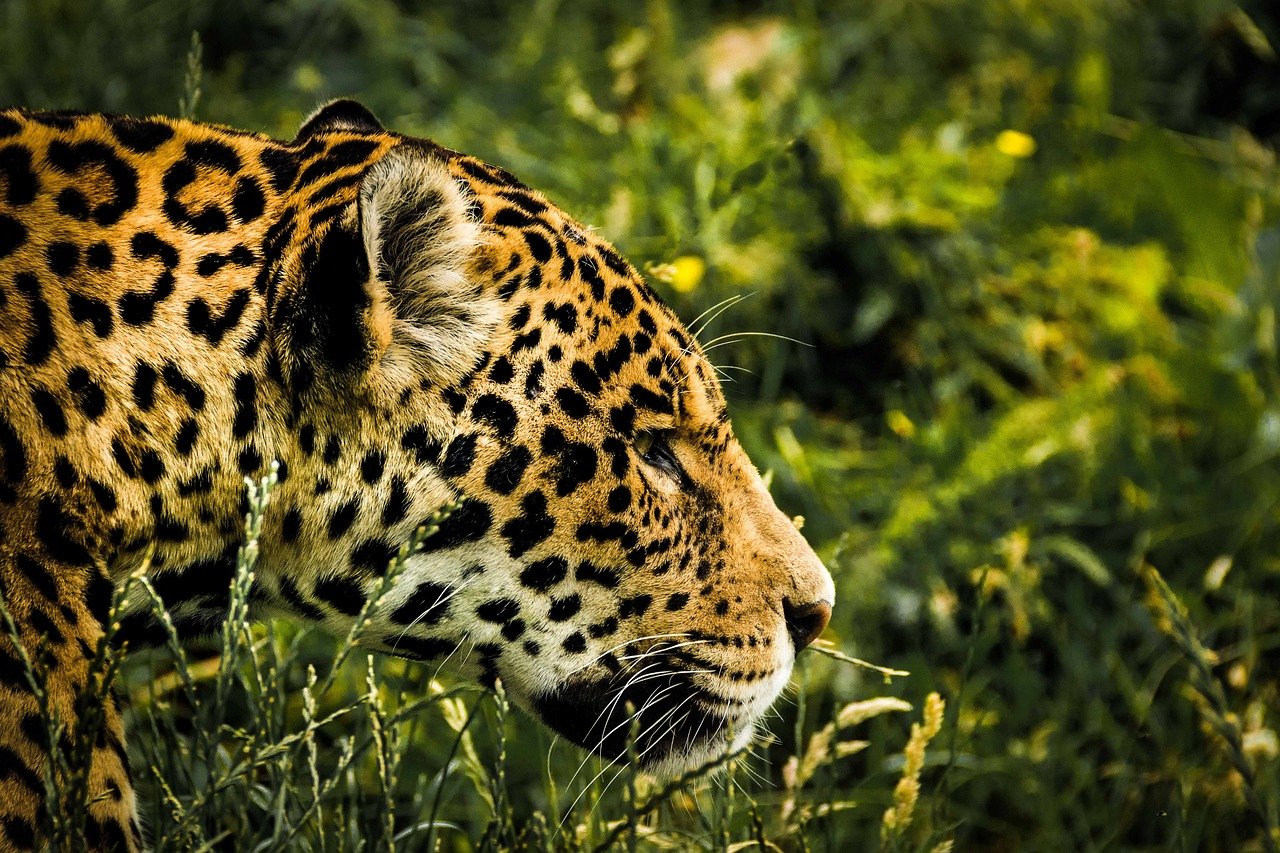
Ecotourism is emerging as a valuable ally in the fight to save jaguars. By attracting tourists to see these magnificent animals in their natural habitats, ecotourism generates income for local communities. This income can then be used to fund conservation projects and provide alternative livelihoods to activities that harm jaguars, such as deforestation or hunting. When managed responsibly, ecotourism can create a win-win situation, benefiting both people and wildlife.
The Importance of Education
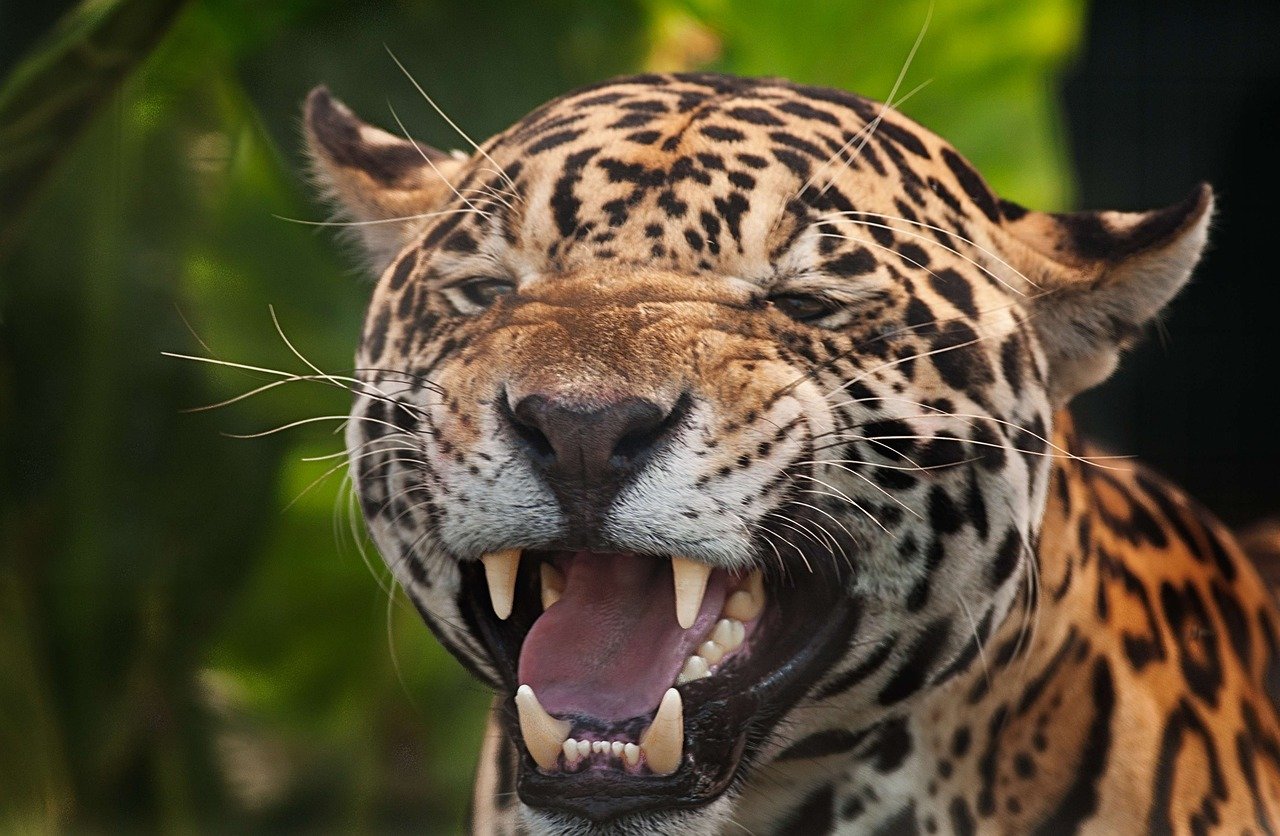
Education is a cornerstone of jaguar conservation. By raising awareness about the challenges jaguars face and the importance of their role in the ecosystem, conservationists can garner support for their efforts. Educational programs in schools and communities can change attitudes and inspire the next generation of conservationists. The more people understand about jaguars, the more likely they are to support efforts to protect them.
Collaboration Across Borders
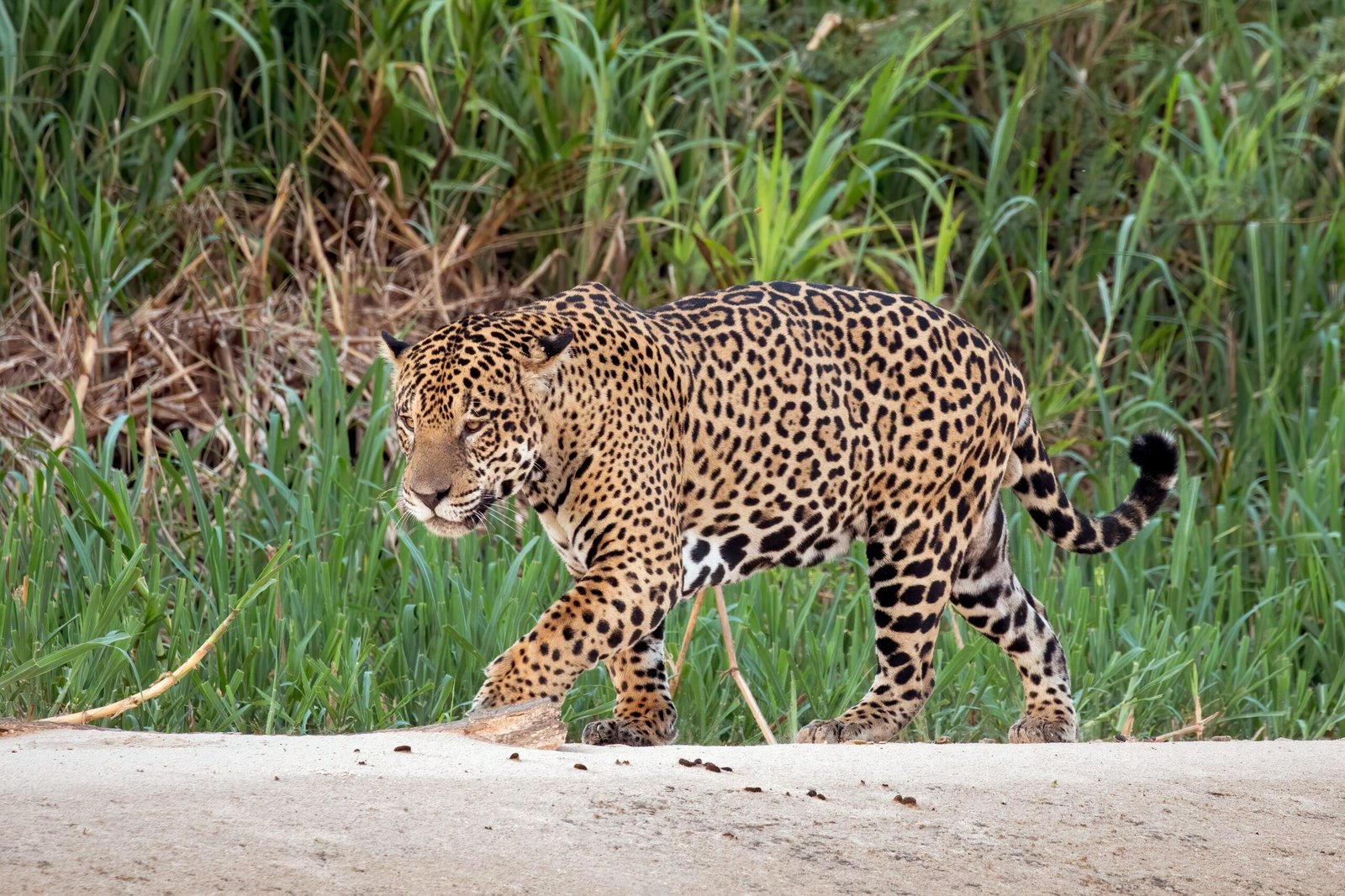
Jaguars do not recognize political boundaries, and neither should conservation efforts. International collaboration is essential for effective jaguar conservation. Countries across the jaguar’s range must work together to create and enforce conservation policies. Organizations like the Jaguar Corridor Initiative are leading the charge, promoting cross-border cooperation to protect jaguar habitats. It’s a testament to the idea that conservation knows no borders.
The Future of Jaguar Conservation
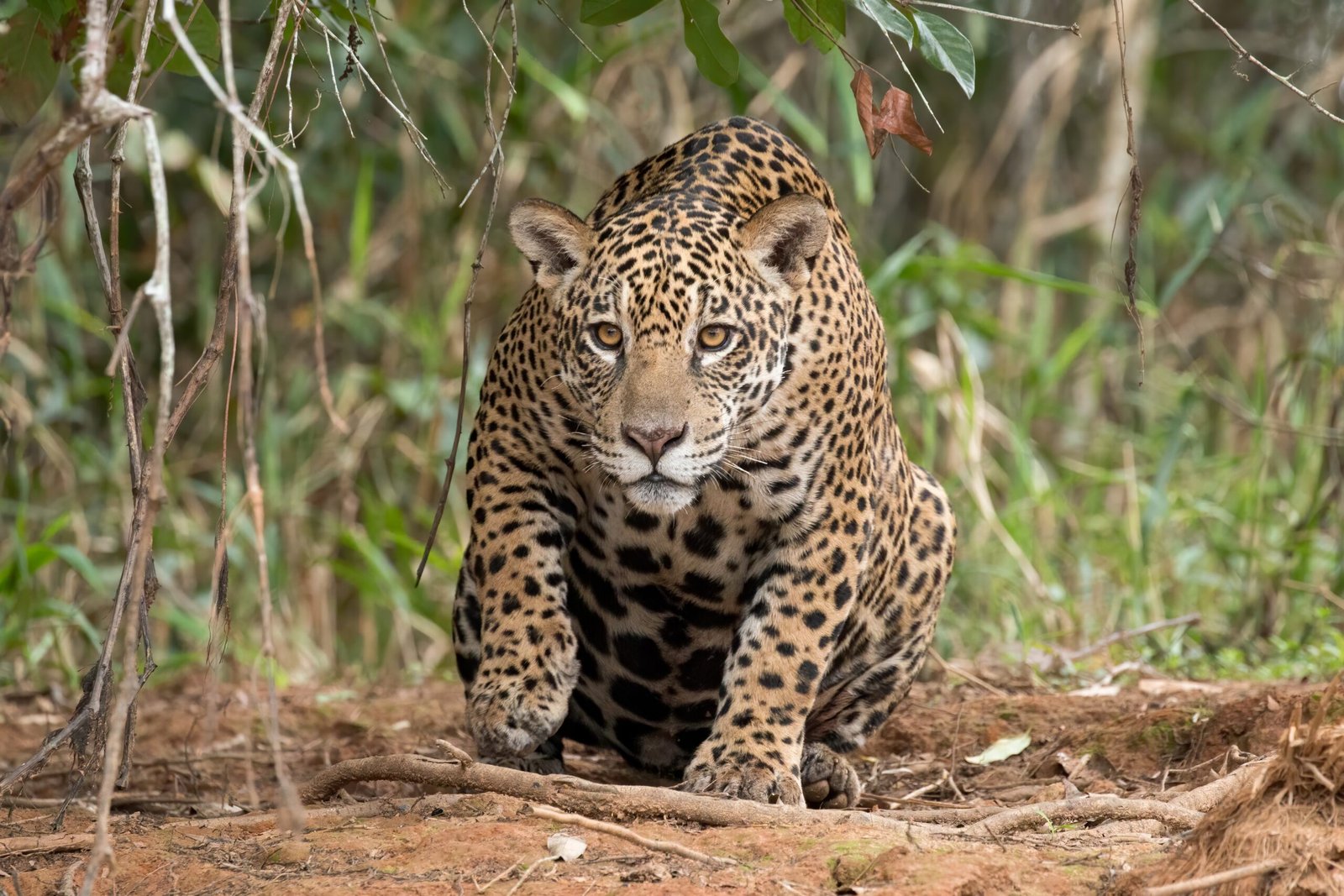
The future of jaguar conservation is one of hope and uncertainty. While significant strides have been made, the challenges are ever-present. The key lies in continued collaboration, innovation, and education. By harnessing the power of technology, culture, and community, there is a path forward for these magnificent cats. The journey is far from over, but with dedication and passion, a future where jaguars roam freely in thriving ecosystems is within reach.
Hi, I’m Bola, a passionate writer and creative strategist with a knack for crafting compelling content that educates, inspires, and connects. Over the years, I’ve honed my skills across various writing fields, including content creation, copywriting, online course development, and video scriptwriting.
When I’m not at my desk, you’ll find me exploring new ideas, reading books, or brainstorming creative ways to solve challenges. I believe that words have the power to transform, and I’m here to help you leverage that power for success.
Thanks for stopping by, Keep coming to this website to checkout new articles form me. You’d always love it!






